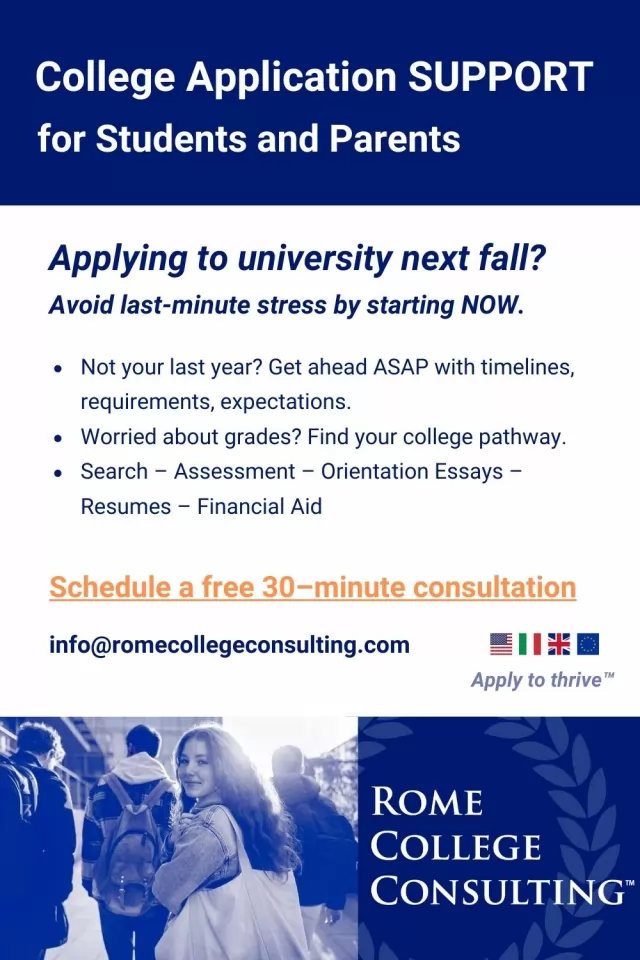Inside the Pandemic: What's happening in the U.S.?
The US has more reported coronavirus cases and deaths than any country in the world.
Despite growing case numbers, the population of the country is caught in a tug of war between reopening the economy and protecting at-risk individuals from infection. How did we get here?
Naive confidence in a slow beginning
On 21 Jan., an American man in Washington State tested positive for the novel coronavirus after returning from a trip to Wuhan, China.
The diagnosis made him the first coronavirus patient in the US. It was days before Italy would record its first coronavirus cases, and thoughts of a global pandemic seemed too far-fetched to be taken seriously.
Also read:
The next day, President Trump spoke to CNBC, addressing the growing fears surrounding the virus. “We have it under control,” he said. “It’s going to be just fine.”
On 3 Feb., with 11 active cases of coronavirus reported in the US, the American Government declared a public health emergency. “My administration will take all necessary steps to safeguard our citizens from this threat,” Trump said in a State of the Union Address. Over the next week, public fears relaxed as cases seemed to plateau, while states began planning preventative actions.
On 25 Feb., when the Center for Disease Control and Prevention (CDC) warned that the coronavirus was developing into a global pandemic, there were fewer than 60 active cases in the US, and no deaths.
Though the 2011 film Contagion, about a deadly virus from China, had started trending on US streaming services, most Americans continued their normal lives--going to work, going to university, and sending their children to school.
An uncomfortable wake-up call
In late February, a 71-year-old man from California traveled on a cruise ship with Princess Cruises. He reported feeling ill on 21 Feb., when he left the cruise ship for his home in Northern California.
A few days later, he passed away in a hospital after testing positive for coronavirus. At the time of his death, over 60 crew members and passengers from his cruise remained onboard, headed for Hawaii.
Nearly half of those who had been in contact with the deceased man tested positive for the virus, forcing the cruise ship, the Grand Princess, to backtrack to California, where it would float on the coast for two weeks before everyone was sent home. While most passengers were allowed to disembark after a few days, over 1,000 crew members were forced to quarantine from each other onboard until 21 March.
In response to the concentrated outbreak, on 19 March, California became the first state to issue a statewide stay-at-home mandate. By early April, due to similar clusters of outbreaks, the majority of states had followed suit, though the severity of mandate enforcement was left in the hands of local governments.
On 13 March, two days after the WHO declared a national pandemic, President Trump declared a national emergency. Non-US travelers were immediately banned from entering the US, putting a stop to all international tourism. Shortly after, the Trump Administration announced a two-week long “slow the spread” period, in which citizens were asked to stay home and monitor themselves for symptoms. “If everyone makes … these critical changes and sacrifices now, we will rally together as one nation and we will defeat the virus,” Trump announced.
Over the month of March, coronavirus cases increased from around 100 cases nationwide to nearly 200,000, with almost 4,000 deaths.
Growing economic fears
In late March, the CARES Act was passed and signed into law by congress and the Trump Administration, allocating $2 trillion in relief to individuals and business owners.
Amidst citizens’ fears of medical debt from coronavirus treatment, some insurance companies offered to waive testing and treatment fees for eligible patients.
While these solutions offered short-lived relief against growing fears of an economic recession, stay-at-home and work-from-home mandates remained in place, creating an unsteady future outlook.
Also read:
In April, over 20 million Americans filed for unemployment. Over the next two months, that number would jump to over 44 million, as local governments extended restrictions through April, and then May.
Some Americans started to grow restless, confined by government restrictions in the so-called Land of the Free. Others maintained that the priority should be protecting high-risk individuals.
By the end of April, there were over 1 million active coronavirus cases in the US and around 60,000 deaths.
A false lead in coronavirus treatment research
Near the end of March, the University of Minnesota started testing an anti-malaria drug, hydroxychloroquine, against the coronavirus. After two studies came out in support of the drug’s success, it became a cornerstone of a new virus stance for Trump.
In May, he told reporters he was taking the drug, presumably as a preventative measure against the virus. There were no studies to support its use as a preventative drug.
Despite this, many Trump supporters aligned with the President and cited the drug as a reason to reopen the economy.
A wave of protests begins
On 15 April, a wave of protests started in Michigan, after Governor Gretchen Whitmer enforced strict stay-at-home mandates.
Protesters on the Capitol Building lawn held signs reading “Set us free,” and “Stop the fear, end the lockdown.”
Michigan was the first of many states to witness anti-lockdown protests. Many of the protesters enacted their first amendment rights without wearing masks and without social distancing.
“Demonstrations like that create the need to continue this aggressive stance that we've had to take to save lives,” Governor Whitmer said in an interview with NBC. On 1 May, Trump described the anti-lockdown protesters as “good people” who “want their lives back again, safely!”
More anti-lockdown protests would be fueled by the online circulation of the 2020 short film Plandemic, which claimed that the coronavirus was an elaborate conspiracy to control and profit off of the American people. Among many dangerous claims, the film suggests wearing masks makes individuals more prone to catching viruses, according to Live Science.
Haircuts and cultural complications
Some anti-lockdown protesters were particularly self-motivated, rallying for hair salons to reopen after weeks without access to professional haircare.
As a result, an internet meme known as “Karen” began circulating on social media platforms. The meme plays with tropes of entitled, middle-aged white women. In the case of the coronavirus, the “Karens,” were the people who refused to wear a mask and demanded things “go back to normal” despite the national risk.
Though this mentality was ridiculed online, it is reflected in the statewide coronavirus laws in Georgia, where masks are not required in public and high-risk individuals are encouraged to stay home for their own protection while other Georgians can enjoy open access to--for example--hair salons.
Following similar logic, “corona parties” have started popping up across the country. A so-called “corona-party” is a gathering in which participants willingly expose themselves to an infected individual with the intention of catching the virus to build up antibodies.
While the goal of the corona party phenomenon is herd immunity, in practice, they can have detrimental consequences. On 12 July, a 30-year-old Texas man died after attending a corona party. He had thought the virus was a “hoax,” but wanted to test his theory.
Unlucky timing for a massive social movement
On 25 May, George Floyd, an African American man, was killed by police in Minnesota. The incident sparked massive protests against racism and police brutality which spanned across the nation. According to the New York Times, up to 26 million protesters participated in various demonstrations across the country, possibly making it the largest social movement in US history.
Also read:
Fears about the virus remained through the protests, with many protesters wearing masks during demonstrations. Many maintained that systemic racism was as detrimental to American society as the coronavirus--a fitting argument, as virus rates in the US are highest among African Americans and other minority groups.
As of 1 July, news outlets reported that the protests had not caused a surge in virus cases, though case numbers have increased among young people since June.
Also read:
Present situation
On 28 May, the US surpassed 100,000 virus deaths, a milestone medical experts warned would only be the beginning if strict measures were not enforced and followed. Nonetheless, in June, many states started lifting virus prevention mandates in an effort to restart the economy.
States are operating within a 3-phase reopening plan, though the rules of each phase are largely decided by state governments.
Currently, the majority of states require that masks are worn in public, businesses operate at a lower capacity than normal, and mass gatherings are banned. Some states, such as California, Texas, and Florida, have backtracked on their reopening plans after seeing a resurgence in cases.
On 4 June, two key studies supporting the use of hydroxychloroquine to treat coronavirus were retracted after new research surfaced. Not long after, the WHO ended its studies on the drug, citing it as an ineffective treatment for the virus.
As of 15 July, there are 3.5 million active coronavirus cases in the US and over 138,000 deaths.
Ph: Los Angeles, California / USA - May 1, 2020: People in front of Los Angeles’ City Hall protest the state’s COVID-19 stay at home orders in a “Fully Open California” protest. Image by Matt Gush / Shutterstock.com

















